'Within a month, one was eaten by a tiger, one was burned alive, five disappeared and the sole survivor emerged with 7,000 specimens': The unique passion engendered by orchids
Charles Quest-Ritson admits that he never fell for orchids the way he has for roses — but the devotion they inspire is legendary.
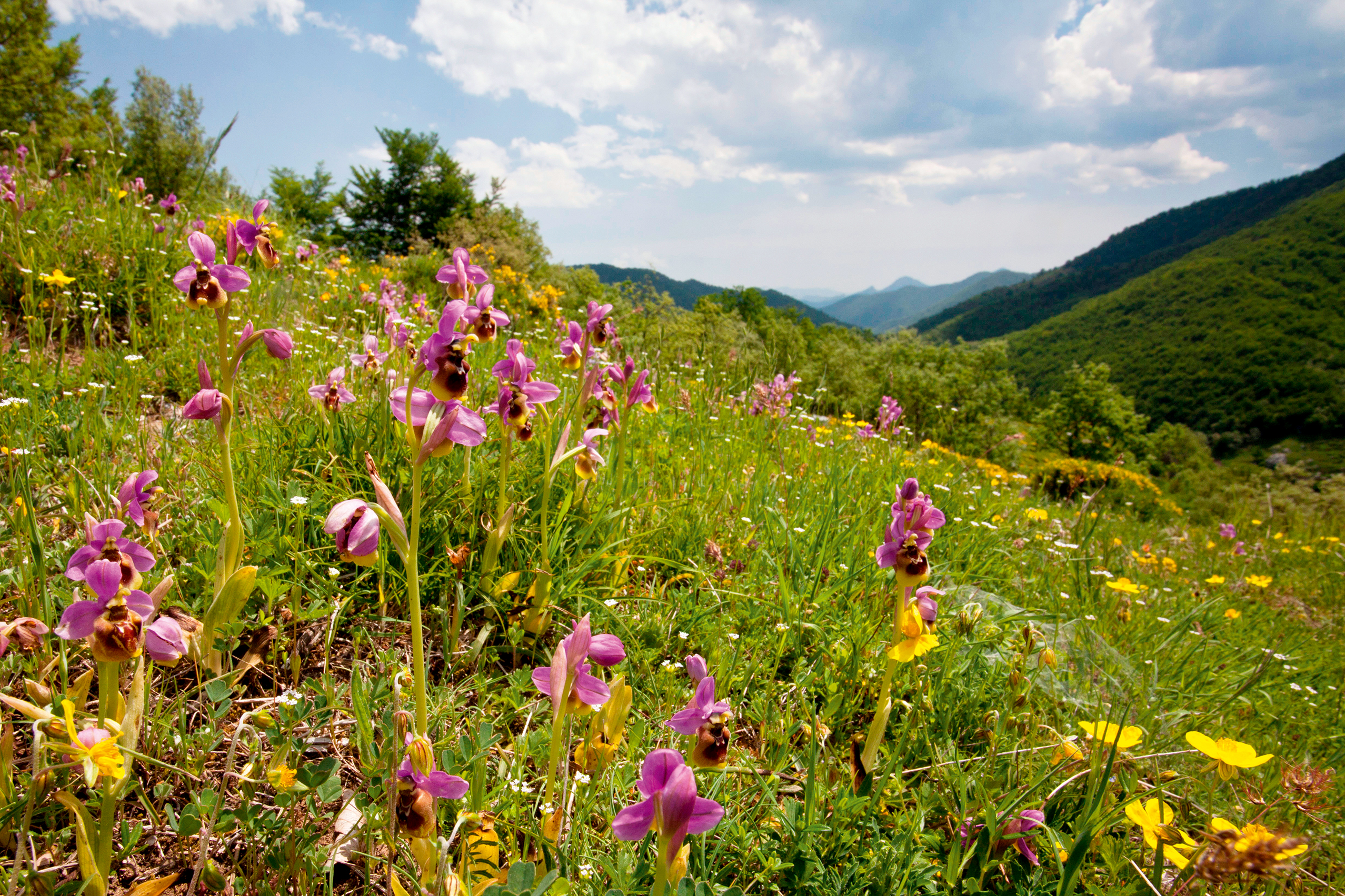

I have had many horticultural enthusiasms, but I have never really caught the orchid bug. Better gardeners than me — rather more passionate plantsmen — have orchid houses with graded temperature zones for the different species: cool-ish is fine for cymbidiums, slightly warmer for phalaenopsis and steamy tropical heat for vanilla orchids. I’ve seen them, too, in Mediterranean gardens — Carolyn Hanbury has vast clumps of dendrobiums in pots at La Mortola, Italy — and in tropical gardens (oh, the dark-blue vandas in Singapore!), but, somehow, they never really engender any great fondness, let alone love or passion, in my temperate soul. That’s fine — one cannot fall for everything and, after all, some people don’t share my enthusiasm for roses. More fool them.
This is the month to go orchid hunting in Mediterranean countries. The richness and profusion of wild orchids in April is often unbelievable — some are so widespread that the locals gather the roots to make a drink called salep. I would love to taste it, but, nowadays, all orchids are protected by CITES and local laws, although the harvest continues, for example, in parts of Turkey and Greece.
Yes, we have orchids in England and, in midsummer, you can see large patches of spotted orchids, Dactylorhiza fuchsii, and pyramidal orchids, Anacamptis pyramidalis, in woodlands and roadside verges, but never so boldly or ubiquitously as in less intensively cultivated landscapes abroad. In fields and meadows, olive groves and on uncultivated hillsides, the richness and variety of hardy orchids is truly awesome.
"They are among the first plants to colonise bare soil and, once the competition from later arrivals such as grasses becomes too strong, they disappear almost as quickly as they appeared"
One of the nice things about hardy wild orchids is the way they turn up in our gardens and quickly make themselves at home. We have early purple orchids in our orchard, sombre helleborines in the wood and swarms of bee orchids on a patch of gravel left over from resurfacing the drive some years ago. Goodness knows how they found their way here, but orchid seed is minuscule, so I suspect the autumn gales do the job for them. They make themselves quickly at home and spread wherever they find conditions to their liking. Don’t believe that old wives’ tale about them needing seven years from seed to flower; I reckon three years is about par. They are among the first plants to colonise bare soil and, once the competition from later arrivals such as grasses becomes too strong, they disappear almost as quickly as they appeared.
When our children were young, we used to do fly/drive trips to Spain, Italy or Greece in the Easter holidays and orchid spotting was one of our sports: we called it ‘botanical kerb-crawling’. A small girl in the back of the car would shout: ‘I see butterfly orchids! Lots of them!’ Her teenage brother would contradict her: ‘No, they’re not — they’re wild gladioli!’ So back we would go and find both species, then wander around and find many more — military orchids, lady orchids and monkey orchids with little purple tails, all with such a degree of variation among them that we wondered whether they were natural hybrids.
Botanists explain that European orchids are still in an active phase of evolution and thus young and unstable. Such is their propensity to hybridise that you may imagine that, 1,000 years hence, they will all have evolved and stabilised as one monster new composite species. But that won’t happen, because the individual species are also emerging at a fast rate, with an immense number of variations that may, of themselves, evolve into new and distinct species.
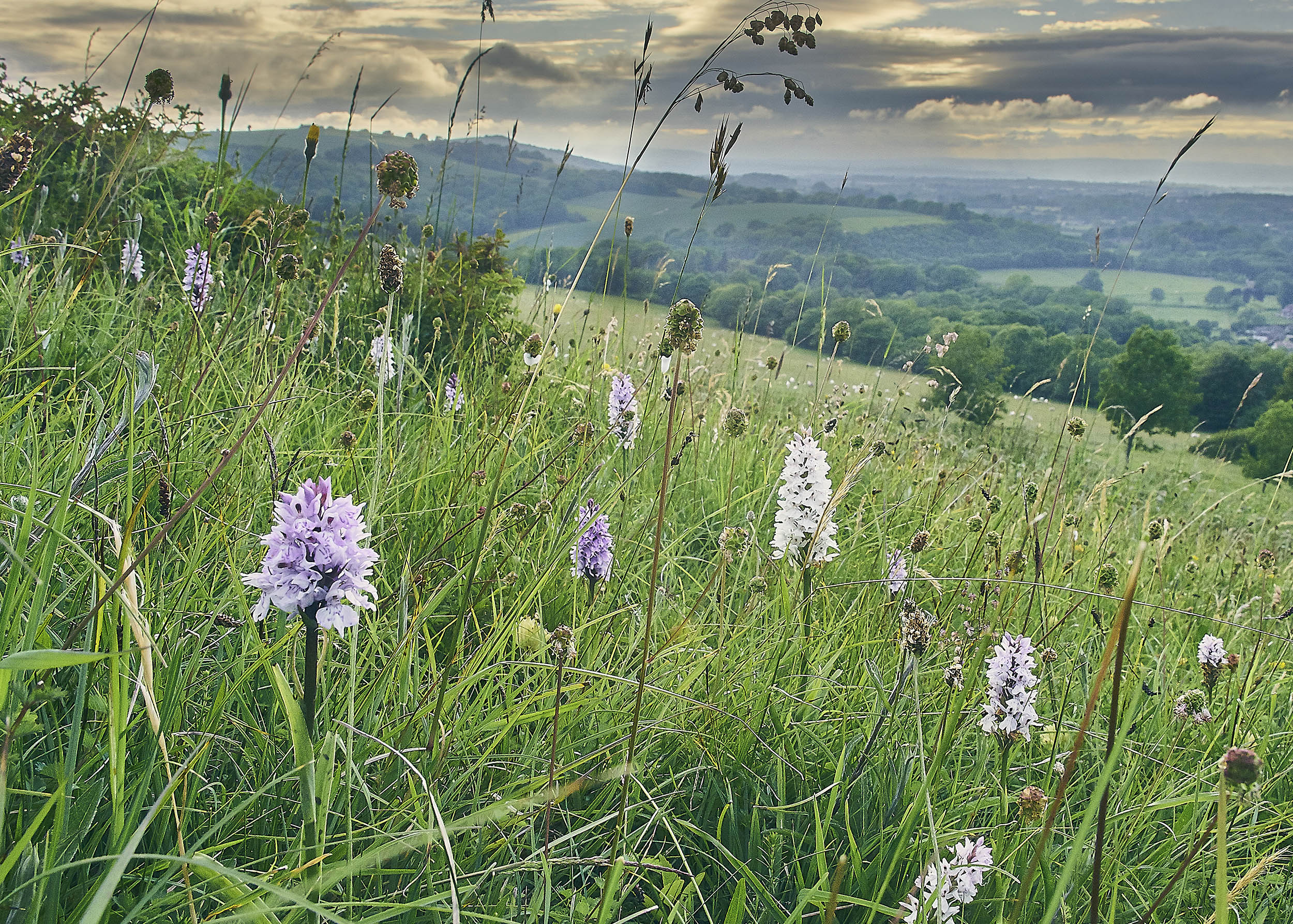
We used to find, on those family trips, that hybrids turned up fairly frequently. Then we had to work out what their parents were: some of the strangest were crosses between Ophrys species (the bee orchids) and Serapias species (the tongue orchids), the flowers of which have wide, hairy mouths in shades of red and dark pink.
Exquisite houses, the beauty of Nature, and how to get the most from your life, straight to your inbox.
Once you get your eye into orchids, the fascination grows. All our children remain enthusiastic orchid-spotters. I won’t say it’s the best thing we did for them — the love of gardening is a greater gift — but it’s better than bobsleigh, kite-racing or other extreme sports.
Of course, for many of the early plant collectors, orchid hunting was itself an extreme sport. There’s a story about a party of eight professional orchid hunters who visited the Philippines in 1901: within a month, one was eaten by a tiger, one was burned alive by natives and five disappeared completely. The one survivor emerged from the forest with a booty of 7,000 specimens.
The lure of orchids — the fascination they exercise over their besotted lovers — is a perennial temptation for plant-hunters. Think of Tom Hart Dyke, who spent nine months as the prisoner of FARC guerrillas in the Darién Gap and then emerged from the Colombian jungle when so many had given up hope for him.
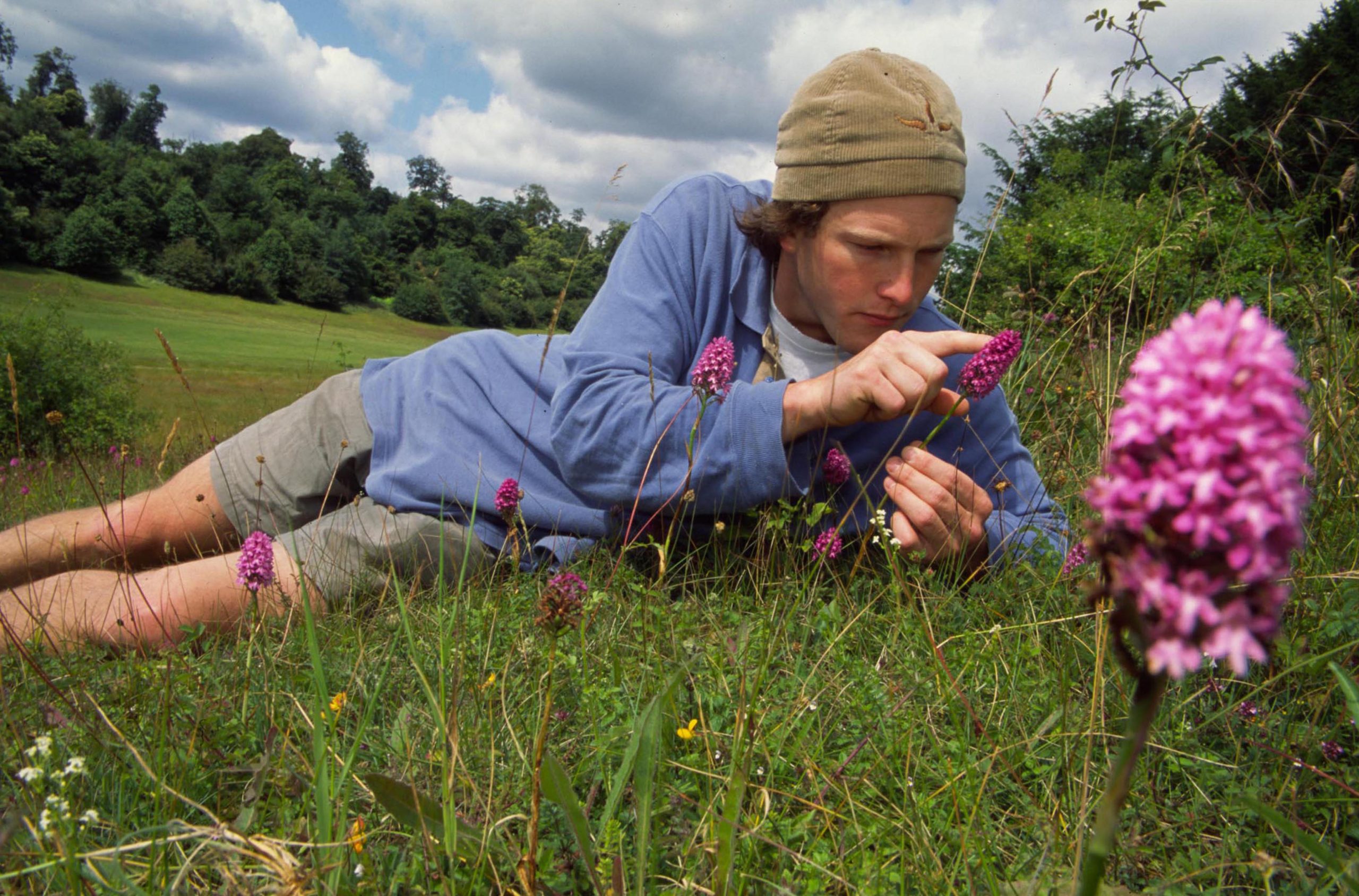
What drew him there in the first place? A hopeless passion for orchids. Hopeless, because however much anyone adores orchids, the passion is never reciprocated. That’s true of all plants, even roses.
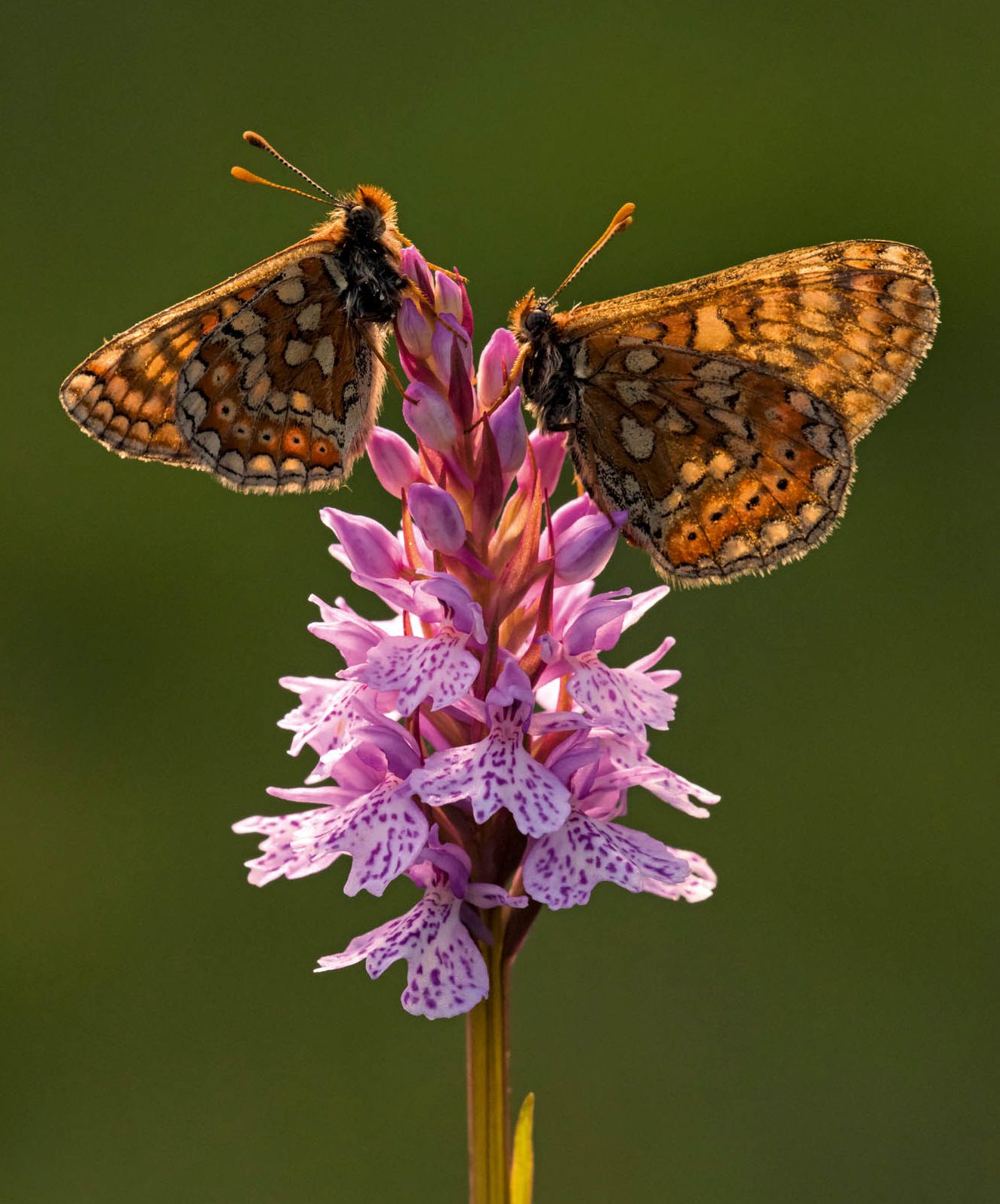
Where to see Britain's last remaining wild orchids, by the 'orchid thief' who risked prison to save these beautiful plants
The enchantingly beautiful native orchid is, tragically, one of Britain’s most endangered wildflowers, but it’s still possible to see them
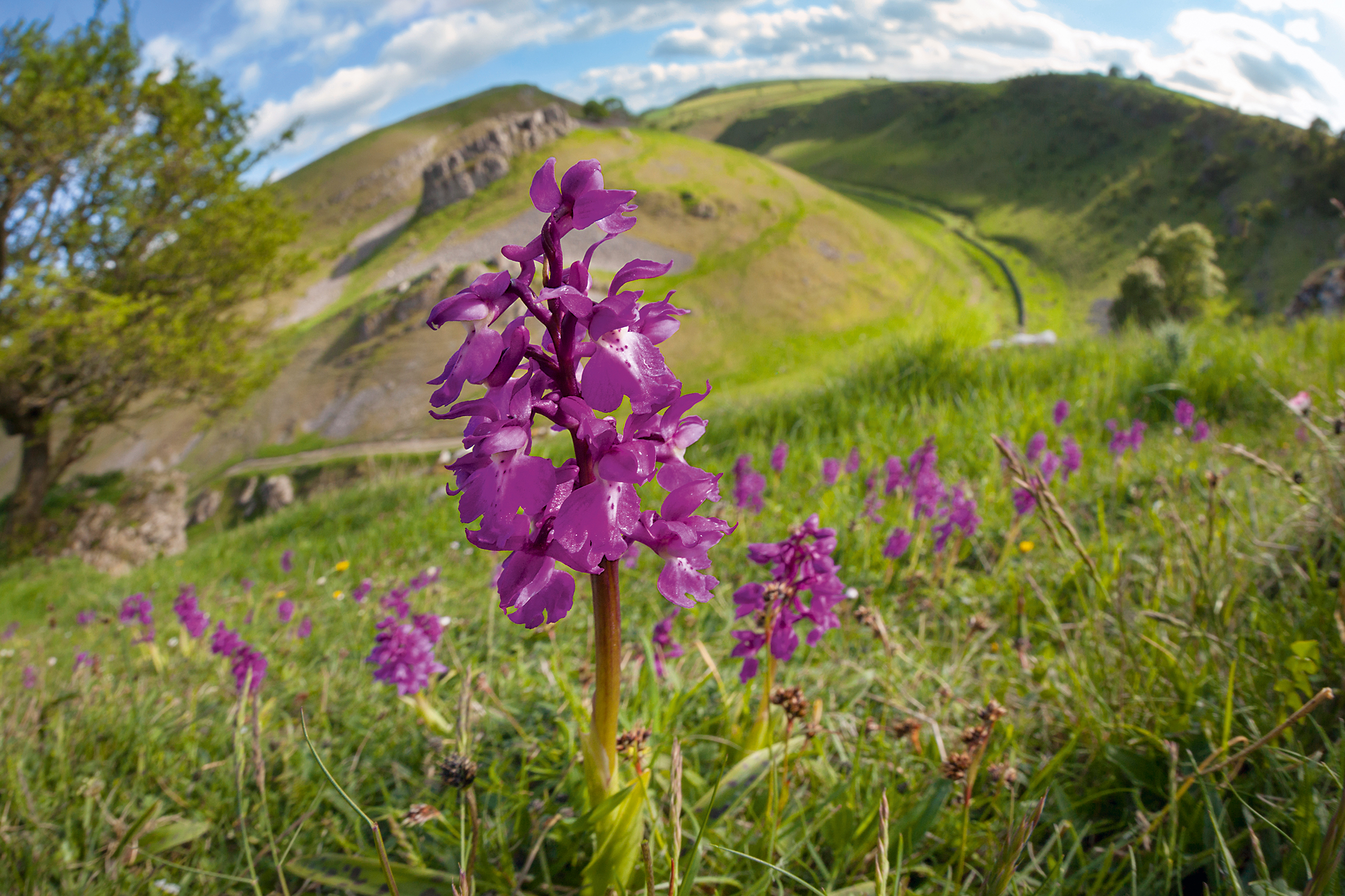
The tale of Britain's 52 native orchids, and the 'maverick miscellany of amateur and professional naturalists, painters and writers' who champion them
Mark Griffiths celebrates the 52 species of native British orchids whose extraordinary history and unconventional beauty have beguiled and intrigued
Charles Quest-Ritson is a historian and writer about plants and gardens. His books include The English Garden: A Social History; Gardens of Europe; and Ninfa: The Most Romantic Garden in the World. He is a great enthusiast for roses — he wrote the RHS Encyclopedia of Roses jointly with his wife Brigid and spent five years writing his definitive Climbing Roses of the World (descriptions of 1,6oo varieties!). Food is another passion: he was the first Englishman to qualify as an olive oil taster in accordance with EU norms. He has lectured in five languages and in all six continents except Antarctica, where he missed his chance when his son-in-law was Governor of the Falkland Islands.
